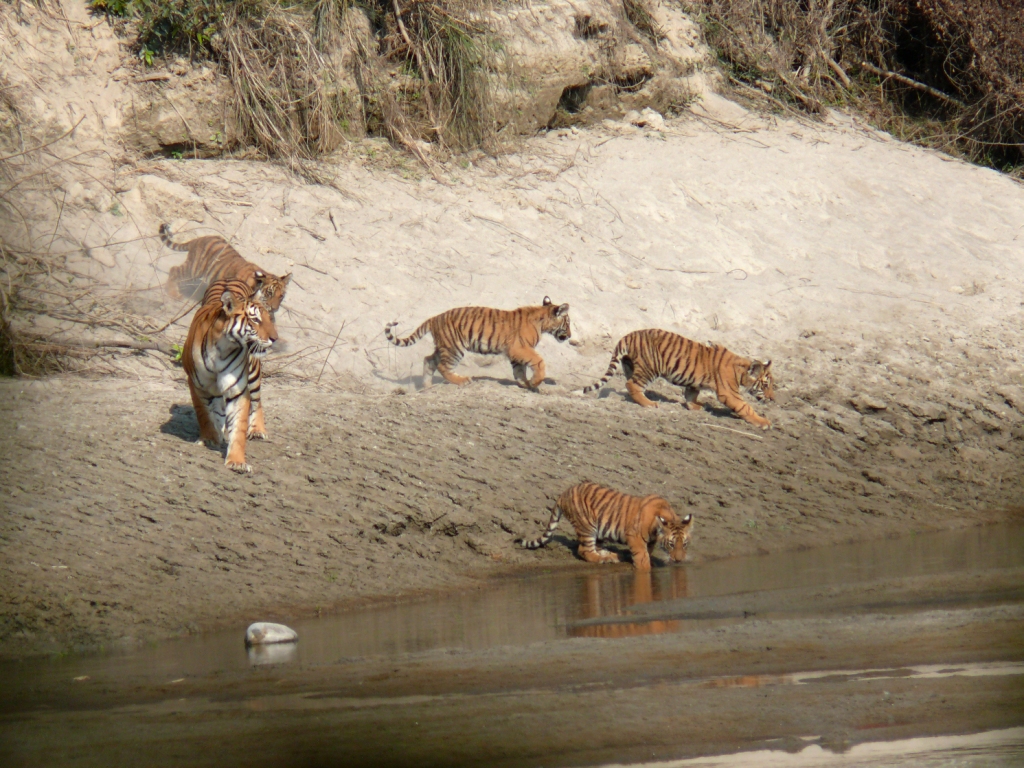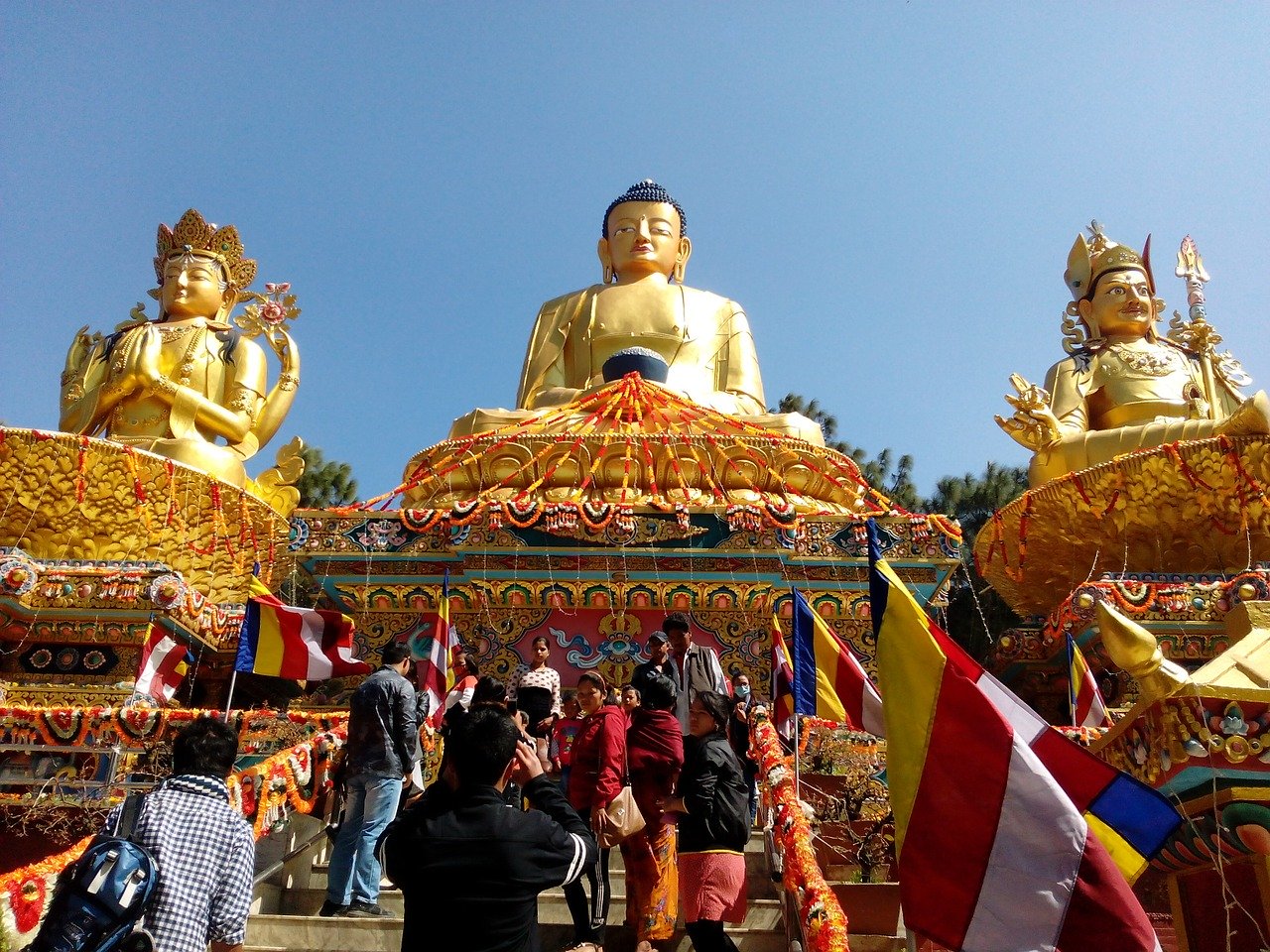Protected Areas in Nepal: 6 Conservation Areas That You Should Visit in Nepal
Exploring Nepal’s Conservation Areas: Protecting Nature’s Treasures
Nepal, a country renowned for its breathtaking landscapes and rich biodiversity, has established several conservation areas to protect its unique ecosystems and wildlife. These protected regions not only safeguard endangered species but also offer incredible opportunities for eco-friendly tourism and cultural immersion. Let’s delve into Nepal’s six remarkable conservation areas and discover what makes each one special.
1. Annapurna Conservation Area: Trekking Paradise in the Himalayas
The Annapurna Conservation Area is Nepal’s largest protected region, covering an impressive 7,629 square kilometers. Established in 1985, this area is a trekker’s dream, offering some of the world’s most popular hiking routes.
Key Features:
- Home to the Annapurna mountain range, including the 10th highest peak in the world
- Diverse ecosystems ranging from subtropical forests to alpine tundra
- Over 1,200 plant species, 100+ mammals, and 470+ bird species
- World’s deepest gorge: Kali Gandaki
Popular Treks:
- Annapurna Circuit Trek
- Annapurna Base Camp Trek
- Poon Hill Trek
- Upper Mustang Trek
2. Manaslu Conservation Area: Off-the-Beaten-Path Adventure
Established in 1998, the Manaslu Conservation Area covers 1,663 square kilometers in the Gorkha District. This lesser-known gem offers a more secluded trekking experience compared to its popular neighbor, Annapurna.
Highlights:
- Home to Mount Manaslu, the 8th highest peak in the world
- Rich biodiversity with 11 types of forests
- 2,000+ plant species, 33 mammal species, and 110 bird species
- Unique Tibetan-influenced culture in remote villages
Must-Try Experiences:
- Manaslu Circuit Trek
- Tsum Valley Trek
- Visit ancient Buddhist monasteries like Mu and Rachen Gompas
3. Gaurishankar Conservation Area: A Haven for Wildlife and Culture
Established in 2010, the Gaurishankar Conservation Area spans 2,179 square kilometers across three districts: Ramechhap, Dolakha, and Sindhupalchowk.
Key Attractions:
- Mount Gaurishankar and the Jugal Himal range
- Diverse wildlife including Himalayan black bears, red pandas, and snow leopards
- Sacred sites like Kalinchowk Bhagawati Temple and Dolakha Bhimsen
- Tso Rolpa Glacial Lake and Rolwaling Valley
Recommended Activities:
- Rolwaling Valley Trek
- Tashi Lapcha Pass Trek
- Kalinchowk Temple pilgrimage
4. Kanchenjunga Conservation Area: Eastern Himalayan Biodiversity Hotspot
Established in 1997, the Kanchenjunga Conservation Area covers 2,035 square kilometers in the Taplejung District, bordering Tibet and Sikkim.
Notable Features:
- Mount Kanchenjunga, the world’s third-highest peak
- 23 species of rhododendrons
- Rich cultural heritage with 11 ethnic communities
- Diverse wildlife including snow leopards, musk deer, and red pandas
Exciting Treks:
- Kanchenjunga Base Camp Trek
- Pathibhara Temple Trek
- Milke Danda Ridge Trek
5. Api Nampa Conservation Area: Untouched Beauty of Far-Western Nepal
Established in 2010, the Api Nampa Conservation Area covers 1,903 square kilometers in Nepal’s far-western region.
Unique Aspects:
- Named after Mount Api (7,132m) and Mount Nampa (6,757m)
- Home to rare medicinal plants like Yarshagomba and Panchaule
- Pristine landscapes and traditional cultures rarely visited by foreign tourists
Adventure Opportunities:
- Api Himal Base Camp Trek
- Saipal Base Camp Trek
- Explore traditional Byasi and Shauka villages
6. Blackbuck Conservation Area: Protecting Nepal’s Last Antelopes
The smallest of Nepal’s conservation areas, the Blackbuck Conservation Area covers just 15.95 square kilometers in the mid-western region.
Key Facts:
- Established to protect the endangered blackbuck antelope
- Last northern population of blackbucks in the world
- Successful conservation efforts increased population from 9 in 1975 to 177 in 1990
Visitor Experience:
- Observe blackbucks in their natural habitat
- Learn about conservation efforts and challenges
- Explore the unique grassland ecosystem
Conclusion: Embracing Responsible Tourism in Nepal’s Conservation Areas
Nepal’s conservation areas offer unparalleled opportunities to experience pristine nature, diverse wildlife, and rich cultural heritage. As visitors, it’s crucial to practice responsible tourism by:
- Respecting local customs and traditions
- Minimizing environmental impact
- Supporting community-based tourism initiatives
- Following guidelines set by conservation authorities
By exploring these protected areas responsibly, we can contribute to their preservation while creating unforgettable memories in some of the world’s most spectacular landscapes. Whether you’re an avid trekker, wildlife enthusiast, or cultural explorer, Nepal’s conservation areas have something extraordinary to offer every adventurous spirit.




Post Comment